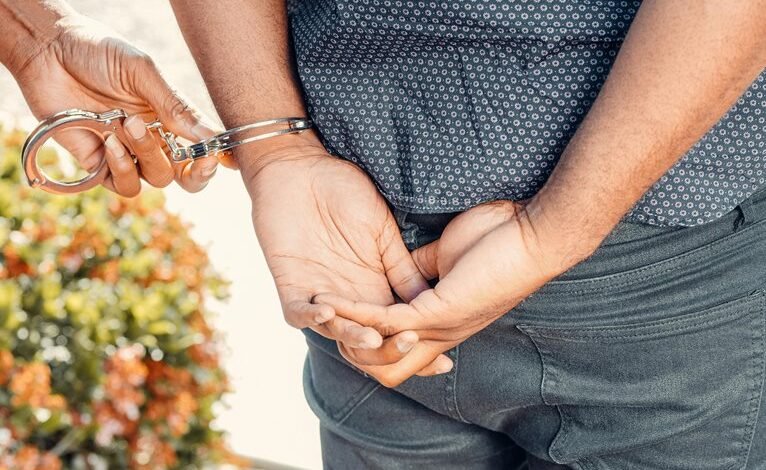Photoscompangante: O Papel das Imagens em Processos Judiciais

The integration of visual evidence, termed photoscompangante, significantly influences courtroom proceedings. It enhances juror comprehension and retention, facilitating persuasive narratives. However, this reliance on imagery introduces ethical dilemmas regarding accuracy and bias. Compelling visuals can underscore arguments but may also lead to misinterpretation. As the legal system evolves, the implications of visual representation warrant closer scrutiny. What remains uncertain is how this balance will shape future judicial outcomes.
The Power of Visual Evidence in Courtrooms
Visual evidence holds significant influence within courtrooms, often serving as a pivotal component in the judicial process.
Its role in visual storytelling enhances courtroom dynamics, allowing juries to engage with complex narratives through compelling imagery. By presenting facts visually, attorneys can effectively communicate their arguments, fostering a deeper understanding of the case and potentially swaying the outcomes in ways traditional evidence may not achieve.
Media Influence and Public Perception
Although the judicial process is designed to be impartial, media influence significantly shapes public perception of legal proceedings.
Media bias often skews narratives, leading to distorted public opinion. This phenomenon can affect juror impartiality and the overall integrity of the justice system.
Consequently, the interaction between media representations and public perception remains a critical area of concern in contemporary legal discourse.
Ethical Considerations in Visual Representation
The portrayal of legal proceedings through images raises significant ethical questions that merit careful examination.
Central to this discourse are image integrity and representation ethics, which demand that visual depictions maintain accuracy and respect for all parties involved.
Misrepresentation or sensationalism undermines the judicial process, potentially skewing public perception and harming the fair administration of justice.
Thus, this necessitates a more responsible approach to visual representation.
Conclusion
In conclusion, the integration of images within the judicial process serves as a double-edged sword, wielding the power to illuminate complex narratives while simultaneously harboring the potential for misrepresentation. As jurors navigate the visual landscape, they must remain vigilant against the allure of sensationalism that images can provoke. Ultimately, the ethical deployment of visual evidence is imperative, ensuring that justice is not merely seen but understood, safeguarding the integrity of the legal system against the shadows of bias.







